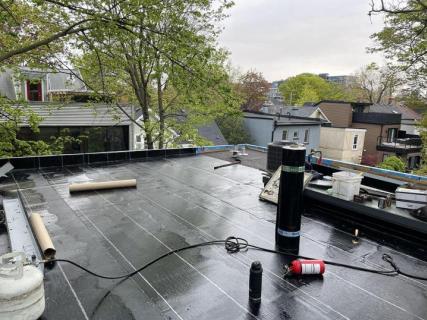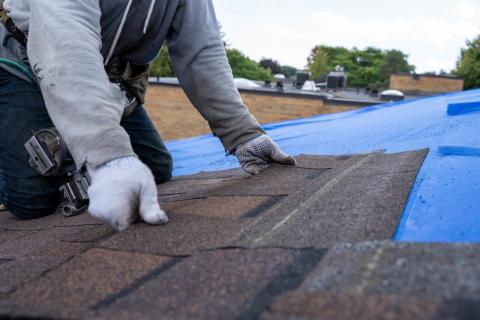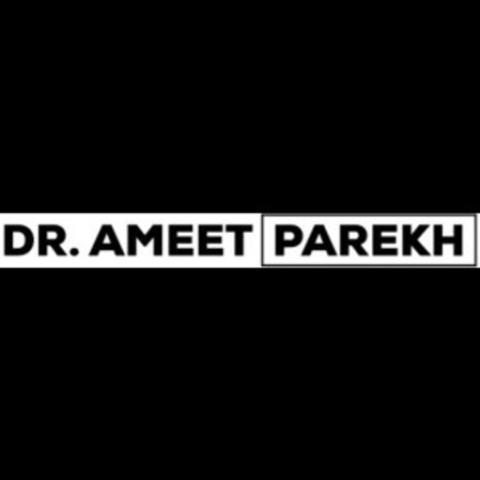The evolution of roofing solutions has significantly impacted the construction industry, offering new materials and technologies that enhance durability and aesthetics. As homeowners and builders seek options that provide both functionality and visual appeal, modern roofing solutions have gained prominence. This blog explores various types of roofing materials, their benefits, and the advancements shaping the roofing landscape today. Additionally, we will discuss how these innovations are influencing sustainability and energy efficiency in building design. Understanding these trends is essential for anyone involved in construction or home improvement.
One of the most popular materials in contemporary roofing is metal, which offers numerous advantages over traditional roofing options. Metal roofs are known for their longevity and resistance to extreme weather conditions, which makes them a practical choice for many homeowners. Furthermore, they are lightweight, which helps reduce the structural load on buildings and can lead to cost savings during construction. Additionally, metal roofing can be energy-efficient, as it reflects solar heat, thereby reducing cooling costs. Consequently, metal roofs have become a preferred option for both residential and commercial buildings.
Among the various metal roofing options, versatile roofing sheets have gained significant attention for their adaptability and performance. These sheets can be manufactured in various colors and profiles, allowing homeowners to customize their roofing to match architectural >
Another noteworthy trend in roofing is the increasing focus on sustainable materials and practices. With growing awareness of environmental issues, builders and homeowners are seeking eco-friendly roofing solutions that minimize their carbon footprint. This includes options such as green roofs, which provide insulation and promote biodiversity, as well as roofs made from recycled materials. Furthermore, these sustainable choices often lead to energy savings and lower utility bills over time. Therefore, embracing sustainability in roofing not only benefits the environment but also enhances the long-term value of properties.
Technological advancements have also transformed the roofing industry, enabling more efficient installation and maintenance practices. Innovations such as Building Information Modeling (BIM) allow for better planning and visualization of roofing projects, reducing errors and improving collaboration among stakeholders. Additionally, smart roofing technologies, such as integrated solar panels and energy management systems, are becoming increasingly common. These technologies not only enhance energy efficiency but also provide homeowners with greater control over their energy consumption. Thus, the integration of technology in roofing is paving the way for smarter, more sustainable building practices.
In conclusion, the modern roofing landscape is characterized by a wide range of materials and technologies that cater to the needs of today’s construction industry. From versatile roofing sheets to sustainable solutions, these innovations are reshaping how we approach building design and construction. Furthermore, the incorporation of technology enhances efficiency and performance, making roofing systems more resilient and cost-effective. As the demand for high-quality and environmentally friendly roofs continues to grow, staying informed about these trends is essential for homeowners and builders alike. Ultimately, understanding modern roofing solutions allows for better decision-making and contributes to the creation of durable and sustainable structures.












